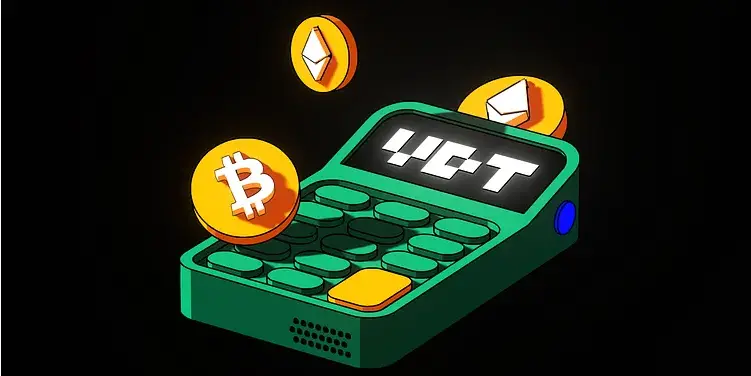Vitalik's ambition: to make Ethereum "Bitcoinized" within five years
1. Vitalik's Ethereum Simplification Plan: From "Functionalism" to "Minimalism"
Ethereum co-founder Vitalik Buterin proposed a disruptive long-term plan in 2025 aimed at simplifying Ethereum's core protocol to approach the simplicity of Bitcoin. The core idea of this plan is to enhance resilience and decentralization by reducing protocol complexity, with specific pathways including:

2. The Game of Simplicity vs. Functionality

3. Layer 2 Chaos: Why is Ethereum's "Avatar" in Internal Strife?
Despite Ethereum's expansion through Layer 2 (similar to "sub-networks"), the ecosystem faces three major crises:
- Power Games: Where's the promised decentralization?
The core controllers of leading Layer 2s (like Arbitrum) are still in the hands of the development teams, raising user concerns about "centralization relapse";
Token economics failure: Tokens like ARB plummeted upon launch, while Coinbase's Base chain succeeded by "not issuing tokens + social engagement";
- External Strong Enemies Attacking
Solana is snatching users with "second-level transactions," while TON is growing wildly with Telegram's 900 million users;
Ethereum's Layer 2s, however, are caught in homogeneous competition: issuing points, conducting airdrops, but with similar functionalities;
- Developer Complaints
"Building a DApp now feels like opening a chain store—every Layer 2 requires a complete renovation, the costs are too high!"
4. ETF Clearance: An Opportunity and a Shackle
SEC gives the green light: Ethereum spot ETF approved in May 2024, officially trading in July, attracting $9 billion in the first week;
Price Roller Coaster: ETH once soared to $3,700 but fell back to the $3,000 range due to staking restrictions (fearing classification as securities);
Future Impact:
Institutional funds may flow into Layer 2 tokens and AI projects (like rendering network RNDR), exacerbating market differentiation;
Regulatory Aftereffects: ETFs cannot be staked, akin to buying gold but not being able to store it in a bank for interest, reducing long-term attractiveness;
5. The Biggest Challenge of the Five-Year Plan: Ideals are Abundant, Reality is Stark
Switching to RISC-V architecture requires rewriting smart contracts, and veteran developers bluntly state: "What's the difference from learning a new language?"
Risk of Community Division: Some believe the existing ZK-Rollup technology is sufficient, and there's no need for upheaval;
User growth cannot keep pace with the decline in Gas fees, and the money earned from the DA layer (data storage) cannot sustain the ecosystem;
The envisioned "explosion of modular applications" has yet to materialize. Do you believe in Vitalik's five-year gamble?









